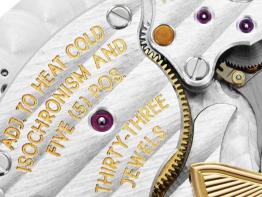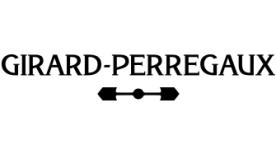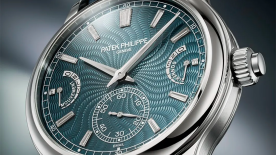Watch faces are like humans in general. They may be more or less talkative, more or less open, come in many different colours and speak dozens of languages. The language on the back of timepieces is however far stricter. Mechanical movements tell the life story of watches using specific communication codes. And these stories have become very much public knowledge since transparent case-backs have become the norm. The medium of expression generally chosen is engraving, enhanced by colour that is generally gold-toned so as to stand out as clearly as possible against the mostly grey background.
Brands logically assert themselves on movements. Ascribing honour where honour is due, the seller displays its name wherever possible. In certain cases, however, the brand is not the producer of the mechanism and one has to look in hidden corners of the calibre and even under bridges to find the signature of the movement maker. In many cases, identification goes a step further and the calibre reference is mentioned, or even its individual serial number that is different from that of the watch ‘head’. The instantly recognisable Swiss Made inscription that is a hit with the public also seems to be a must, even at price and quality levels such that the brand placing it would not really need to do so to signify its value. But when it comes to movement engravings, common practice is doubtless governed more by habits and cultural codes than by laws.
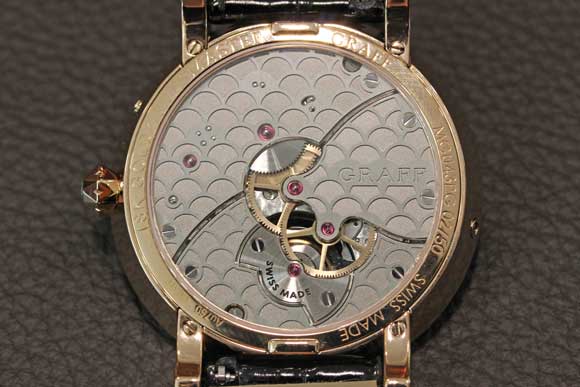
By way of example, the number of jewels present in a movement is still mentioned. This is done in compliance with the demands of the American customs, who use it to calculate the value of a watch, even though customs barriers are no longer what they once were... neither are the jewels. The latter are now synthetic “rubies” of little value, whereas the ones formerly used were in fact natural stones. On the other hand, placing a hallmark on movements made of precious materials, often gemset but not necessarily so, is a legal requirement. The same is not true of hallmarks relating to watchmaking certifications. Only the Poinçon de Genève is governed by a cantonal law and its stamping is an official procedure, while the Patek Philippe Seal or the Fleurier Quality Foundation label correspond to private criteria.
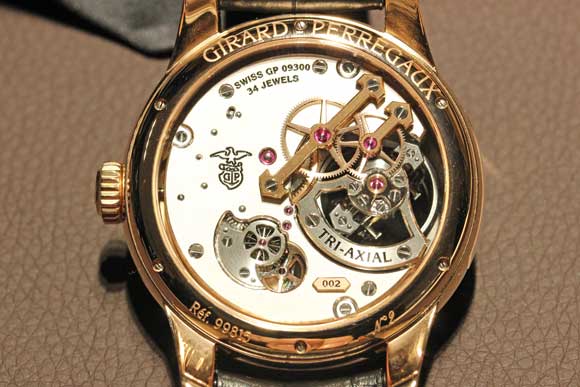
From a watchmaking standpoint, the most interesting inscription is the most enigmatic: the one that refers to the number of positions in which the movement has been adjusted. In order to achieve good rating precision, a movement is indeed adjusted at a certain number of angles in relation to the ground, with the crown facing right, left, up or down… A maximum total of six positions may be used, the idea being to maintain the movement’s isochronism (the capacity to beat consistently at the same speed) in all circumstances.

This information thus appears and strangely enough, as indeed for most of the other textual explanations, movements speak English. This is somewhat surprising given that dials are more usually French-speaking and love to mention their horological complications in their native tongue. Meanwhile, German brands tend to stick to the language of Goethe. Above and beyond the aforementioned information, everyone can add what they like to the movement – often in the form of decorations, although the only real limitations on this exercise are those of the imagination.

